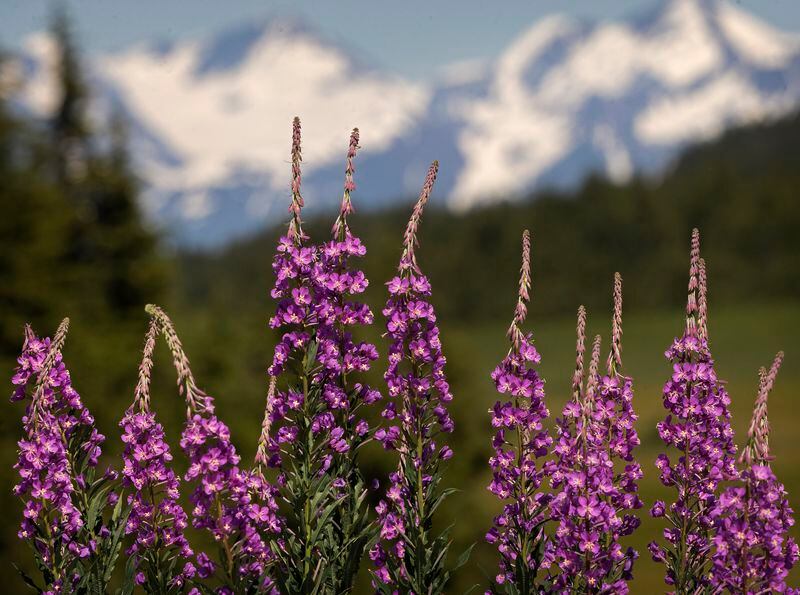Fireweed grows along the Seward Highway on Tuesday, July 5, 2022. (Emily Mesner / ADN) Nearly every state sets aside a month to celebrate its native plants. In the Lower 48, that month is April.
For obvious reasons, that doesn’t work so well in Alaska. Starting in 2023, by formal proclamation from the governor, May is the official month to celebrate Alaska native plants. This year, the Alaska Native Plant Society opted to celebrate a native plant of the year, too.

With over 2,500 Alaska native plant species, picking one wasn’t easy. Should we have held an election for write-in candidates? Then ranked choice? Well, this year, a small committee picked ..
. (drumroll)..
. fireweed. Cherished for its beauty and utility, fireweed occurs throughout Alaska except for the far north above the Brooks Range.
A partial list of fireweed’s Indigenous names in Alaska include: ch’deshtleq’a in Inland Dena’ina, tl’ik’desq’a in Upper Inlet Dena’ina, paniuqtaq in Iñupiaq, lóol in Lingít, ciilqaaq in Central Yup’ik, cillqaq in Alutiiq, and chikayaasix̂ in Unangax̂. Its previous scientific name was Epilobium angustifolium, but that has been changed to the equally unpronounceable Chamaenerion angustifolium. You might not recognize fireweed when it first comes up.
Little, pinkish shoots. Then while you aren’t paying attention, a long stalk with buds emerges. Bumble bees and other pollinating insects are paying attention though.
When the buds open, one by one ascending .
















